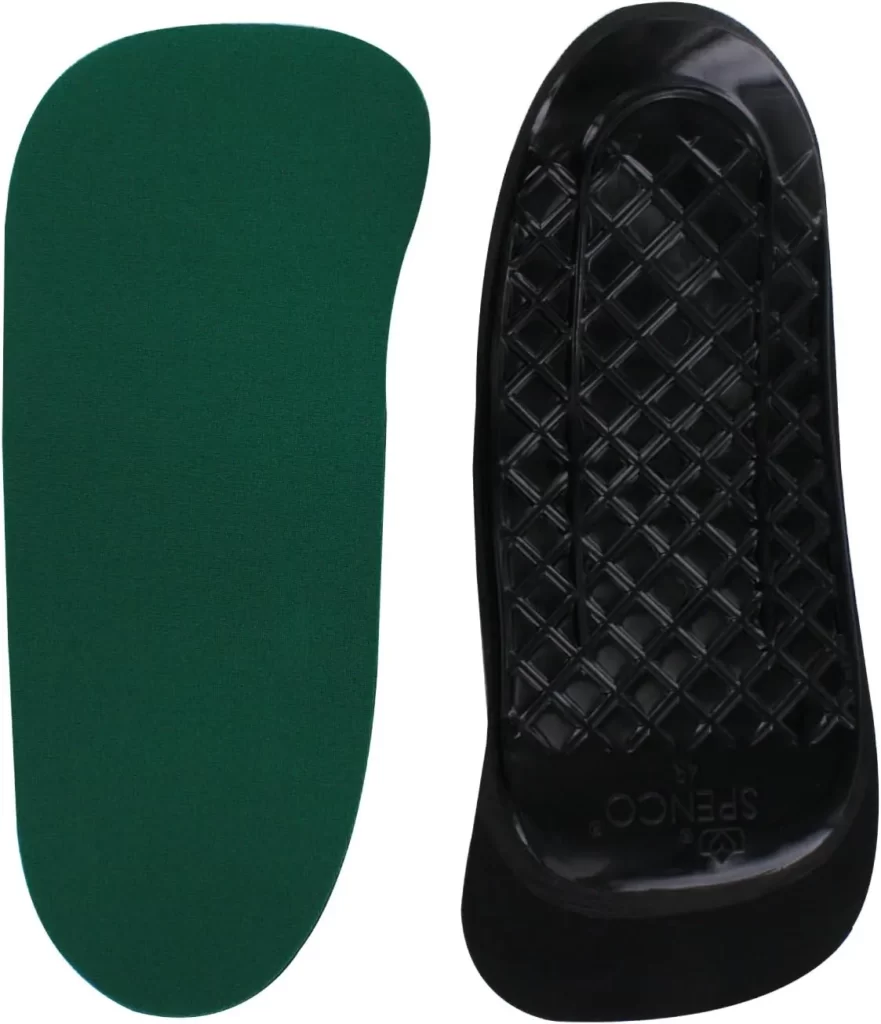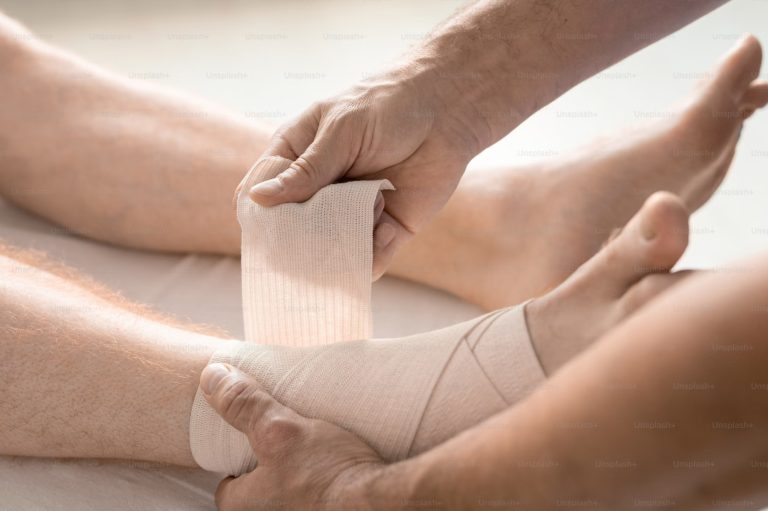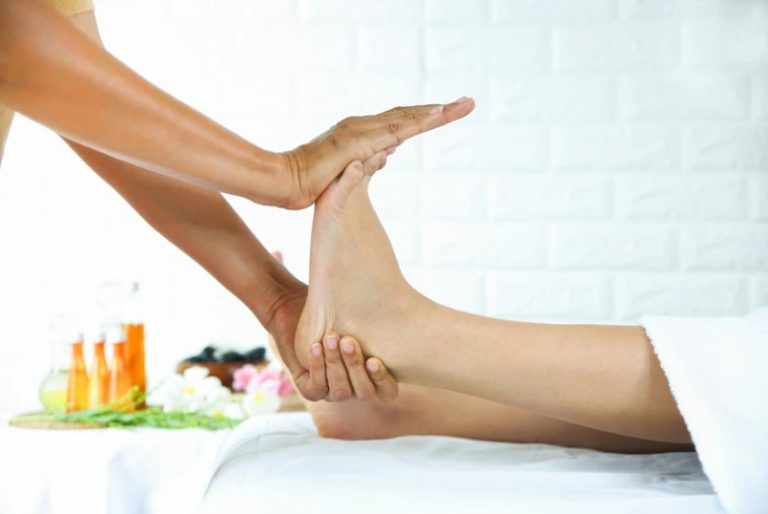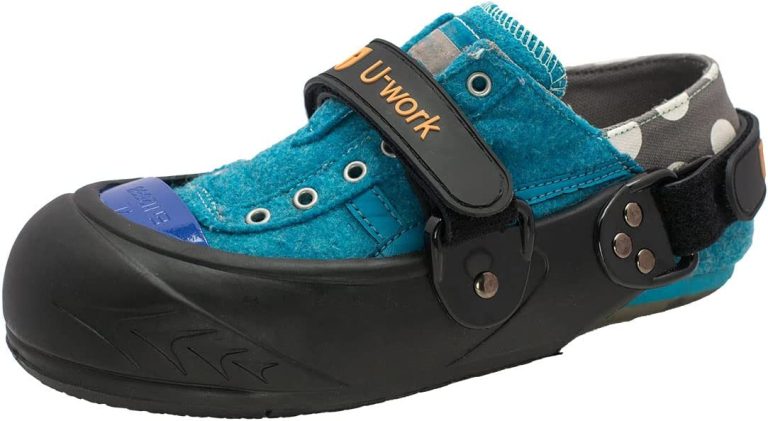Elevate Your Step: How Lift Insoles Can Relieve Foot Pain
Introduction to Lift Insoles
Lift insoles, also known as shoe lifts or height increasing insoles, are orthopedic inserts that go inside shoes to make you appear taller. They work by elevating the foot inside the shoe, adding subtle height to your natural stance.
Lift insoles are typically made of firm materials like plastic, cork, or rubber and range in thickness from 1/4 inch to 2 inches. Thicker lifts can increase height by up to 5 inches when combined with tall shoes or boots.
There are several common reasons people use lift insoles:
- To add 2-3 inches of height for confidence or perceived social benefits of being taller. This is especially common among shorter men.
- To even out leg length discrepancies which can improve posture and back pain. For mild differences under 1 inch, a lift can offset the shorter leg.
- Spinal conditions like osteoporosis can compress vertebrae and shrink height. They cause height loss. Lifts provide a non-invasive way to regain lost height.
- To make walking easier if one leg is injured or weak. A lift can reduce strain on the compromised leg.
- For a gradual lift after certain foot surgeries like ankle fusion which decreases range of motion. A small lift allows the foot to function better.
- For added shock absorption and support if the feet have arthritis or plantar fasciitis. Thick cushioned lifts reduce pressure.
- To improve the fit of shoes if one foot is bigger. A lift evens out the fit and comfort on both feet.
Benefits of Lift Insoles
Lift insoles offer a variety of benefits that can improve comfort, support, and proper body alignment. Here are some of the key benefits of using lift insoles:
Helps Alleviate Back and Hip Pain
One of the primary benefits of using lift insoles is that they can help alleviate pain in the back and hips. The gentle lift provided by the insoles can help take pressure off the spine, hips, and lower back. By stabilizing the foot and ankle and promoting better alignment of the knees, pelvis and spine, lift insoles reduce strain on the back and hips.
Many people have back and hip pain from overpronation or leg length differences. They find their pain is much less when they wear the right lift insoles. The extra lift corrects imbalances and takes pressure off joints and muscles. Even small adjustments in alignment from lift insoles can make a big difference in back and hip comfort.
Improves Posture and Body Alignment
In addition to pain relief, lift insoles are beneficial for improving overall posture and body alignment. The lift helps level the pelvis, knees and hips to promote proper spinal alignment.
By correcting imbalances, lift insoles can eliminate slouching, hunching and leaning. The improved spinal position provides better support for the back and reduces uneven forces. Properly aligned posture decreases stress on muscles and joints throughout the body.
Using lift insoles helps train the body to maintain ideal upright, stabilized posture for reduced risk of pain and injury. The bio-mechanical lift re-calibrates the body’s sense of positioning. With continuous use, proper postural habits become natural.
Provides Stability and Support
Lift insoles offer more arch support. They also offer heel stabilization and foot balance. These features provide stability benefits. The contoured shape helps control over-pronation to prevent too much rolling inward of the feet.
By securing the foot in a neutral position, lift insoles enhance stability for walking, running and other activities. The insoles absorb shock and give steady support with each step. The lift also promotes proper weight distribution and alignment of the ankles and knees for better stability.
In summary, lift insoles boost comfort, posture and stability through their gently lifted design. Correcting postural imbalances can relieve pain while helping train proper alignment. Lift insoles are a simple solution to reduce back, hip and foot problems.
Types of Lift Insoles
Lift insoles come in a variety of styles to address different needs. The main types include:
Heel Lifts
Heel lifts, as the name suggests, lift just the heel of the foot. They are simple, low profile inserts that slide into the shoe under the insole to provide subtle lift in the heel area. Heel lifts range from 1/8 to 1 inch in height.

Heel lifts help reduce pain. The pain comes from leg length discrepancies or foot conditions, like plantar fasciitis. They can also aid recovery from Achilles tendon injuries.
Full Insoles

Full insoles provide lift across the entire length and width of the foot. They are designed to fit the exact contours of the footbed and offer support for the whole foot.
Full lift insoles effectively treat leg length discrepancies. They also help with plantar fasciitis, metatarsalgia, and morton’s neuroma. They do this by reducing strain on the plantar fascia ligament and metatarsals.
3/4 Insoles

3/4 insoles lift the heel and forefoot areas while leaving the midfoot section flat. The tapered midfoot allows for normal mobility while still providing stability.
These lifts help with plantar fasciitis and chronic heel and forefoot pain. The midfoot flexibility also makes them ideal for athletic activities compared to full insoles.
Tapered Lifts

Tapered lifts feature angled platforms that slope from back to front. This gradual incline makes it easier for the body to adjust to the change in height.
Tapered lifts effectively treat discrepancies up to 1 inch in height. The tapered slope also minimizes stress on the knees compared to block style lifts.
How to Choose the Right Lift
When selecting a lift insole, there are a few key factors to consider:
Amount of Lift Needed
- Determine how much extra height you need. Lift amounts typically range from 1/4 inch to 2 inches.
- For minor leg length discrepancies, a lift of 1/4 – 1/2 inch is usually sufficient.
- For more significant leg length differences or reconstructive surgery recovery, a 1-2 inch lift may be required.
- Consult your doctor or podiatrist to help determine the ideal lift height for your needs. Don’t try to self-diagnose.
Materials
- Lift insoles are available in different materials like rigid plastic, flexible plastic, foam, and gel.
- Rigid plastic offers the most stability but can feel uncomfortable. Foam compresses over time but provides cushioning.
- Gel and flexible plastics strike a balance between stability and comfort. Choose what feels best for you.
Sizing
- Get your feet properly measured when sized for lifts to ensure a proper fit.
- Ill-fitting lifts can cause rubbing, blisters, or back/hip pain from poor alignment.
- Look for brands that offer different lift heights in the same size/width options for convenience.
- You may need a larger shoe size to accommodate a lift insole.
Getting a Custom Fit
For those with severe foot issues or chronic pain, getting a custom fit for insoles is highly recommended. Seeing a podiatrist for a medical evaluation is the first step. The doctor will assess issues with your arches, alignment, pressure points, and gait. They can determine the amount of lift and support needed in specific areas of the insole.
Custom insoles are made from impressions or scans of your feet. The podiatrist will make casts or 3D models of your feet in order to craft insoles with personalized dimensions. The insoles are then fabricated from these molds or scans, often using advanced CAD/CAM technology. Customization allows for precise contouring to match the unique anatomy of your feet.
The materials used for custom insoles also vary based on your needs. Flexible materials like silicone or urethane can help absorb shock and cushion pressure points. Firmer inserts made of graphite, plastic or composites provide stabilization and arch support. Many custom insoles combine both soft and rigid layers to optimize comfort and correction.
The benefit of custom insoles from a podiatrist is that they are made specifically for the issues with your feet. The podiatrist can tune the inserts to provide lift and support only where you need it. This avoids unnecessary elevation or pressure in parts of the feet that are neutral or need no correction. The ideal custom insole improves foot alignment and mechanics for your individual case.
Custom options may cost more initially, but can save on replacements later. Their tailored design and durable materials often last longer than prefabricated insoles. Investing in custom inserts that fit your feet correctly can help alleviate pain and improve mobility over the long run.
Inserting and Wearing
Getting your lift insoles inserted and broken in properly is key to getting the benefits and avoiding discomfort. Here are some tips:
- Insert the insoles into your shoes first and walk around the house for short periods to break them in. Start with 30 minutes at a time and slowly increase up to all day wear.
- Make sure to trim the insole edges if they overlap and irritate the inside of your shoes. Use scissors to trim off any excess.
- Wear the lifts every other day for the first 1-2 weeks while breaking them in. Then you can switch to daily wear.
- Insert the insoles so they lay flat in your shoe. Make sure the arch support lines up properly with your own arch.
- Wear the recommended socks or hosiery so your feet don’t slip around. This helps prevent blisters.
- Expect some mild soreness and fatigue in your feet, ankles or calves while adjusting to the lift height. This should improve within 1-2 weeks.
- Remove the insoles at the end of each day to allow your shoes to air out and prevent bacterial growth.
- Consider using an antibacterial spray or baking soda to help remove odors from the insoles and shoes.
- Replace the insoles every 6-12 months depending on wear. The cushioning and support can break down over time.
Taking the time to properly insert your lift insoles and break them in will ensure maximum comfort and benefits. The adjustment period is well worth it!
Lift Alternatives
There are a few options people commonly use as alternatives to lift insoles to increase their height:
- Shoe Lifts: These are thick inserts that go inside your shoes to make you taller. They are similar to lift insoles but are more basic and affordable. Shoe lifts range from 1-5 inches in height. They are simply a wedge that lifts your heel higher off the ground. They can be slippery so some brands add a non-slip rubber coating. Shoe lifts don’t provide arch support or customize to your foot shape.
- Orthotics: Custom orthotics are inserts molded specifically to fit your feet. They are made from firm materials like plastic or carbon fiber versus the soft cushy foam of typical insoles. Orthotics aim to improve foot alignment and provide arch support. Some orthotics are designed to lift and increase height from 1/4 to 1 inch. They are more rigid and stable underfoot than soft insoles. Orthotics require getting a custom molding and fitting from a podiatrist.
- Leg Lengthening Surgery: This intensive surgery involves surgically breaking the leg bones and implanting a telescopic rod device. Over time, the rod expands and lengthens the bones. Once healed, it can increase total height from 2-6 inches. The lengthy process takes about a year and has risks of complications. It’s also extremely expensive, costing $70,000 to $150,000 in the U.S. Leg lengthening is generally only recommended for people with limb length discrepancies over 2 inches.
Costs
The cost of lift insoles can vary greatly depending on the type and customization. Here’s an overview of the price ranges:
- Over-the-counter (OTC) lift insoles – These ready-made insoles found in pharmacies and shoe stores typically range from $10-$50. The level of support may be more general and the materials less durable than custom options.
- Custom-fitted insoles – Going to a podiatrist or orthotist to get custom-molded insoles made specifically for your feet has prices starting around $200 and up. These are tailored to your arch type, foot size, and medical needs. More complex inserts with premium materials can cost $500 or more.
- Insurance may cover lift insoles if a doctor prescribes them for a medical condition, like leg length discrepancy or plantar fasciitis. They may cover some or all of the cost. Coverage varies greatly by plan, so check with your insurance provider. Medicare may cover orthotic inserts depending on the situation.
- Choosing what’s right for you – Consider your specific needs, budget, and how often you’ll use the insoles. OTC versions can be affordable for occasional use or trying out lifts for the first time. Custom-fitted insoles are an investment for daily wear, providing personalized comfort and support. Discuss options with your podiatrist to find the right balance of function and affordability.
Caring for Lift Insoles
Taking care of your lift insoles properly can help extend their lifespan and keep them performing optimally. Here are some tips for caring for your lifts:
Cleaning
It’s important to regularly clean your lift insoles to prevent bacteria growth and odors. Remove the insoles from your shoes and wash them by hand with mild soap and warm water. Avoid submerging them entirely in water. Allow them to air dry completely before reinserting.
For quick cleaning, you can use antibacterial wipes or spray to gently wipe down the surface. Avoid soaking the insoles as this can degrade the materials.
Some lift insoles have removable top covers that can be taken out and machine washed occasionally. Check the manufacturer’s instructions.
Replacing Worn Insoles
With regular wear, lift insoles will compress down and lose some of their cushioning and support. Indents from your foot may also form.
Plan on replacing your insoles every 6 months to a year for optimal cushioning and support. Replace sooner if you notice flattening, uneven wear, cracks, or tears.
Look for signs of breakdown around areas of peak pressure, like the heel and ball of the foot. Also inspect the arch support region.
Replacing regularly is especially important if you have foot pain issues that the lifts are helping to alleviate. Worn down lifts can aggravate problems.
Consult your podiatrist or orthotist if you are unsure about replacement timing. They can evaluate the condition and effectiveness of your current insoles.
When to See a Doctor
Despite the many benefits of lift insoles, there may come a time when you need to see a doctor regarding your use of these inserts. Here are some indicators that it’s time for a medical consultation:
If Pain Worsens or New Pain Develops
Fitted and worn lift insoles are designed to reduce pain. But, they can sometimes have the opposite effect. If your pain worsens or new pain arises after beginning use of lift insoles, discontinue wear and see a podiatrist. Worsening symptoms could indicate improper fit, sizing, or alignment. A doctor can help determine if adjustments are needed or if lifts are appropriate at all. Don’t try to tough it out if pain increases.
If Offloading Insoles Cause Problems
For some individuals, lift insoles are prescribed to offload or take pressure off certain areas of the feet. If you find that your offloading insoles are causing new pain points or problems, seek a podiatry evaluation. The goal should be reducing pressure across the entire foot, not shifting issues elsewhere. Custom orthotics may provide better offloading results.
If Alignment Problems or Instability Persist
Small lifts under one foot can help align the pelvis and spine. But, larger differences need a more comprehensive approach. If pronation or instability persists with use of lift insoles, it’s wise to consult a podiatrist or orthotist. They can evaluate your gait and biomechanics to recommend additional orthotics, braces, or physical therapy that may be needed. Don’t assume lift insoles alone can resolve major misalignment or instability issues. Seek professional guidance.
At the first sign of more pain or new problems, schedule an appointment with your podiatrist or orthotist. Custom-made orthotics and other treatments may help reduce pain. They also help with proper alignment and improved function. Don’t delay in seeking medical advice.







